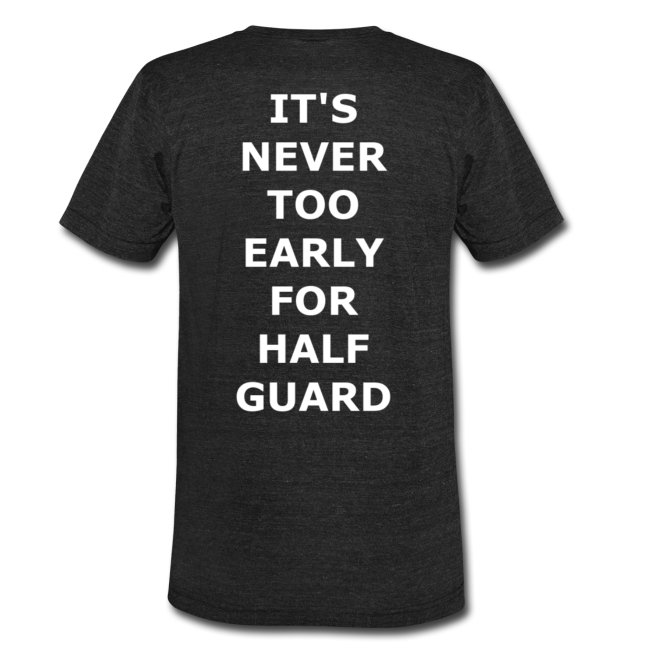Deliberate Practice
I spent some time talking in a recent class about the value of deliberate practice. The idea is important to me as I’ve always felt that Jiu Jitsu classes could be improved by a more thoughtful class structure. Ben Askren once shared his perspective as a wrestler on JRE:
We know, without a shadow of a doubt (that) just saying ‘go for five minutes’ is not the most effective way to train someone.
If I’m coaching at my academy, and we were drilling the front headlock, we don’t just say ‘OK, now go five-minute goes’ because how many tries are they gonna get at going at the front headlock position? Maybe one, maybe two, but essentially most people, if you say ‘go for five minutes’, they’re not disciplined enough to make themselves do new skills. They revert to whatever they do best. And then they just do it over and over and over again.
If I want a kid to be good at a front headlock – which if you’re gonna wrestle at a high level, you need a good front headlock – I’m gonna put him in there 50 times in that practice. He’s gonna get it over and over and over, and maybe the next day, it’s single-legs, and maybe the next day it’s double-legs. And maybe some days, you say ‘hey, go for ten minutes, go wrestle.’
But saying ‘go for five minutes’ every single day is very much not the most effective way to do it, and it’s so insanely frustrating for me to have that happen at almost every jiu-jitsu school in the planet.
Ben Askren
In the following video, Chewjitsu addresses the comments and shares the dilemma about this problem. Essentially, rolling more fun than focused practice. He tries, as I do, to find a balance between the two. He also used the music analogy. I actually dug this video up after that class. I didn’t mean to parrot his ideas, it’s convenient parallel thinking.
Also, I’ve previously linked to the full podcast, but if you want a more digestible portion. Here’s John Danaher’s thoughts on “drilling”:
I think getting your brain in the right mode to learn is as important as any technique that we’ll work on. I’m guilty of all of the bad habits myself, but I’m trying to be conscious about what I’m doing to make better use of my precious limited mat time.
Deliberate Practice Read More »

